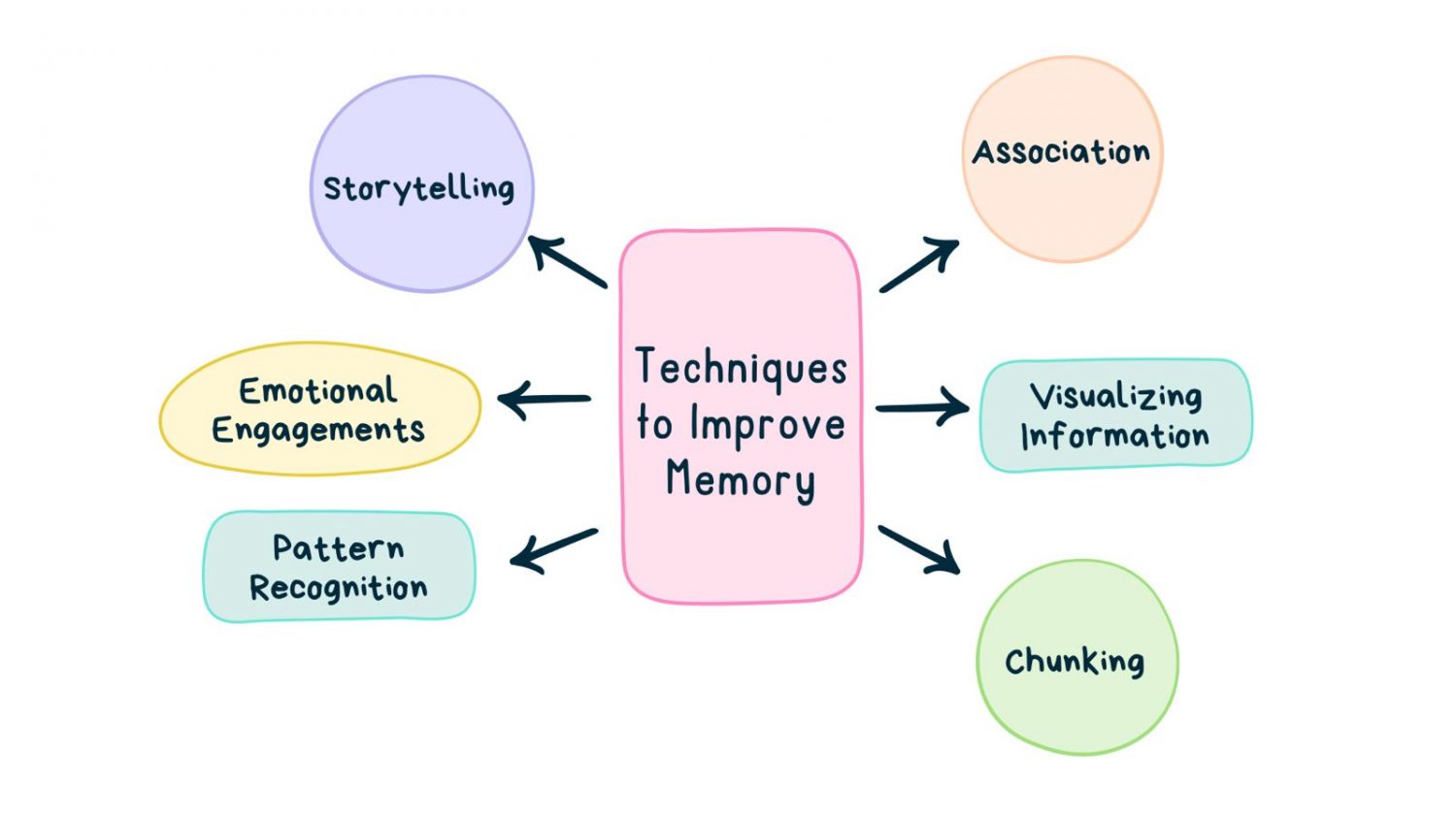Ms. Muskan
Memory is an essential component of human cognition, serving as the foundation for acquisition of knowledge, comprehension, and data retention. Memory is essential in creating the perception of the world around us, whether we are preparing for examinations, learning a new skill, or simply absorbing information from our everyday encounters. Moreover, memory is not just a passive reservoir of knowledge but is a complex process affected by an array of components that may be enhanced through effective learning techniques. Therefore, this article will shed some light at the role of memory in the learning process and look at some practical approaches for improving retention and recall. Memory is a significant mental activity that consists of three major processes, namely, Encoding, Storage, and Retrieval. The first process of turning sensory information into an organized form that may be stored in the brain is referred to as Encoding. Storage entails keeping the information throughout time, whereas Retrieval implies being able to retrieve and transmit the stored information forward when needed. Understanding these basic processes is essential for developing efficient learning techniques.
Association is one of the most effective techniques to improve memory. The human brains are hardwired to associate new information with previously acquired knowledge or experiences, forming an interconnected network of associations which assists in retention. Mnemonic devices are a typical Pillustration of how to recall information by creating associations. For example, the acronym “VIBGYOR” helps in remembering the order of colours in a rainbow, that is Violet, Indigo, Blue, Green, Yellow, Orange and Red. Visualizing Information can dramatically increase memory retention as it is simpler to remember stuff when we have mental representations of what we are learning. Spatial memory, like vision, entails cognitively arranging information in a spatial fashion. For instance, when studying historical events, a person can mentally go through a historical timeline and associate each event with a particular place in space, like a particular room in a house. Chunking is a method frequently used by memory specialists to help people recall massive quantities of data. Chunking is the process of arranging tiny bits of information into significant groupings. For example, recalling a long string of digits can be difficult, but breaking them down into smaller pieces, such as phone numbers or postal codes, makes memory easier.
Pattern Recognition is another way the brain improves memory. Recognizing patterns in data makes it possible to establish more connections and grasp challenging topics. This ability is particularly valuable in subjects such as mathematics, where identifying patterns in equations may lead to a better comprehension of the topic. Because of the brain’s increased attention and focus during emotional events, emotionally charged experiences or Emotional Engagements are more likely to be remembered by the person, that is, establishing an emotional bond with the subject area when learning new information can be accomplished by relating the text to personal experiences or real-life instances that trigger emotions. Transmission of information from one generation to the next has long been done via Storytelling because our brains are inherently designed to retain narratives. Therefore, incorporating narrative into educational settings makes complicated concepts easier to comprehend and recalled.
Hence, Memory is the very basis of learning since it facilitates our ability to acquire, retain, and recall information throughout our lives. Retention and recall can be greatly increased by using memory-enhancing tactics in academic studies, professional growth, and any pursuit in which learning is important. In conclusion, by harnessing the power of memory and applying memory improvement techniques, one can become more competent learner, constantly broadening their horizons and improving their lives.


